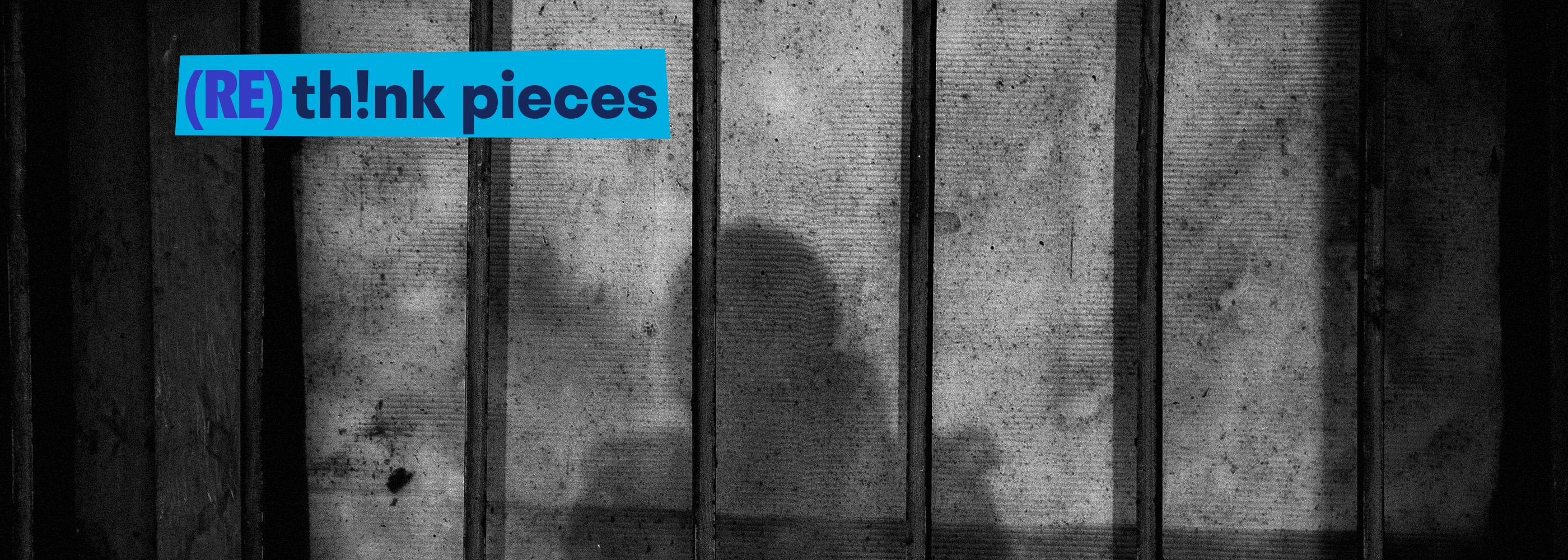Flawed and fundamentally failing: how prisons thwart human potential

Flawed and fundamentally failing: how prisons thwart human potential
Andrea Coomber KC (Hon.)
Andrea Coomber, Chief Executive of The Howard League, details how prisons are failing society at large and her vision for long-term criminal justice reform that would contribute to fewer people in prison, less crime and safer communities. Building on many years observing the shortcomings of our prison system as a lawyer and criminal justice campaigner, Andrea discusses the need to move away from prison as the answer to crime.
Since 1866, the Howard League has urged that what happens in prisons ought to represent the values and standards of the societies in which those prisons exist.
Unfortunately, our prisons are not representative of or proportionate to our society. Rather, they represent the problems the state does not want to acknowledge and are over-saturated by cohorts of people who have consistently been failed. Rather than investing to solve and address the unmet needs of society and its vulnerable people, governments of all colours have sought to punish and imprison their way out of a mental health crisis, a drug addiction crisis, and now the beginnings of the cost-of-living crisis.
We imprison more people than anywhere in Western Europe, bar Scotland, and the Government has pledged to add 20,000 more to these excessive numbers.
And what has fallen by the wayside in this scramble to build and fill prisons is that imprisonment has serious consequences. Serious consequences for the individuals taken into custody, for their victims, for society. It comes at a huge personal cost – for the mental health, physical safety, life chances and the sense of self for thousands of people in prison.
It is undeniable that there are many societal and criminal justice issues that need addressing. Everyone wants there to be less crime, and to live in safe communities where people are allowed to flourish and succeed. But it is time to rethink prisons as a means of achieving this reality, or as a solution to crime. Prisons create conflict, thwart human potential, put a strain on police and hospitals and cost a fortune. Our sector is overflowing with people who have the best intentions, doing their level best to bring about necessary change. But what is needed is cohesion and a structured, intentional movement. And this movement can only begin when we acknowledge that our system is not only flawed, but fundamentally failing.
Once we accept this failure, we can begin to imagine what success might look like – success, say, in twenty years from now.
That’s two decades
to build an evidence-based, cross-party, society-wide conversation which rethinks the drivers of crime and the role of prisons in response to it.
Two decades
to build a broad agreement that we must move away from prison as the answer to crime and drive a justice system based on what works rather than what appeals to base urges for revenge.
Two decades
to critically reassess the current prison estate, including the use of remand, security categorisation across establishments, approaches to staffing, regime…in fact, the lot.
We should have the courage to scrap policies and practice, however long-standing, if they are not serving justice. And to adopt new, radical approaches that meet the needs of individuals, society and justice.
What else would success look like in that time frame? I would hope we could move more quickly to correct systemic prejudices in the criminal law and criminal justice system – for example, against women, people from racialised minorities and people with certain disabilities – resulting in fair and equitable treatment in law, policy and practice.
Similarly, it need not take a full two decades to help the public, press and politicians better understand the drivers of crime, who is criminalised and why, and the realities of life in prison. We should see prisons as more porous places that are truly part of their communities and encourage stigma-free reintegration of prison leavers into those communities.
If we could move public debate into understanding that crime is so often a function of social failure, demanding support and care, rather than about bad people who should be punished, then it follows that much more government investment should be placed in those things that are known to stop crime – and which lie outside of the criminal justice system.
The prison system would be smaller and the money that is spent on it could be better focused on outcomes. Those people who commit crimes demanding a period of custodial sanction would be held in smaller units with decent conditions and staffing ratios, and provided with education, meaningful properly paid employment and psycho-social support for rehabilitation. Could we get there by the early 2040s? We will only know if we try.
Ultimately this would mean, many fewer people in prison, less crime and safer communities.

